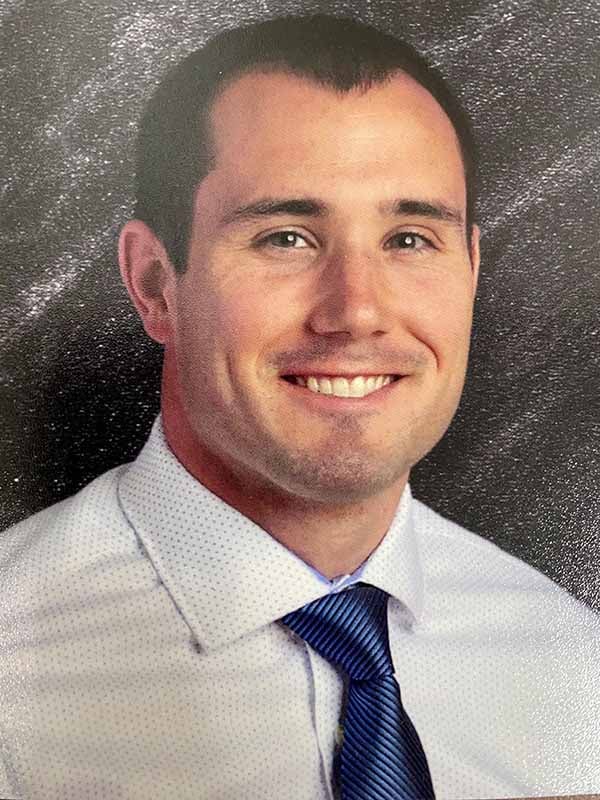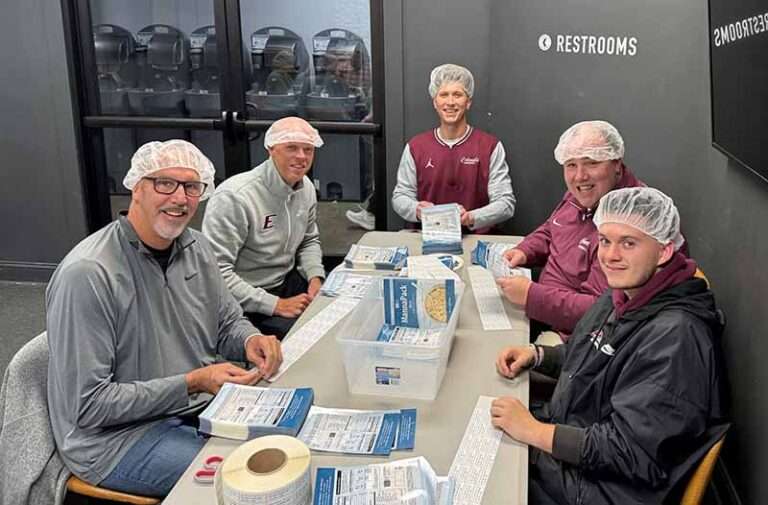The growing national student loan crisis is having an even more devastating effect on families in rural Eastern Kentucky.
The average student debt in the United States is $32,731, while the median student loan debt amount is $17,000. The rising costs of tuition have increased total student loan debt up around 302% since 2004.
Data shows that the increasing student loan debt is having a greater adverse impact on low-income families attending college. And, because of the failure to pay debts several thousand students from Eastern Kentucky are locked out from pursuing their college education.
Kentucky, which is ranked 42nd in per capita income at $38,985, has the third highest percentage of loans delinquent/in default at 15.40% only ahead of Mississippi and West Virginia. The average debt for Kentucky graduates ranks tenth at $19,786.

Helping students borrow responsibly, manage their debt, and understanding the rules guiding federal grants so the student does not have to repay portions of the grants are vitally important to maintaining college access and affordability and increasing the education levels of our current and future workforce. Paying student loans can be more challenging for students in rural area since wages are usually less than in urban areas. For instance, teachers in rural school districts are often paid less than in urban school districts where there is a great local tax base.
According to the Kentucky Council on Postsecondary Education (CPE), over the past four years, the overall cohort default rate (CDR) for Kentucky colleges and universities marginally declined from 17 percent to 15.5 percent. In the four-year sector, the CDR decreased from 11.8 percent to 8.7 percent at public universities and from 11.5 percent to 8.8 percent at the private institutions over the same period. However, the Kentucky Community and Technical College System (KCTCS) institutions saw their CDR increase from 25.4 percent to 26.2 percent over the past four years.
It appears over 10,000 students in Eastern Kentucky owe monies to their colleges under the “return to Title 4” provision and must pay those funds before they can return to college. The amount may range from a couple hundred dollars to over $1,000.
If the student withdraws from the institution and has received financial aid, any refundable amount of the institutional charges (tuition and fees and/or university housing costs) may be returned to the appropriate financial aid sources. The student is expected to repay the “unearned” portion of your financial aid if they withdraw from school or receive any combination of poor grades in all courses in a particular term.
The financial aid is returned in the following order according to federal guidelines: Unsubsidized Direct Stafford loans (other than PLUS loans); Subsidized Direct Stafford loans; Federal Perkins loans; Direct PLUS loans; Federal Pell Grants; Federal SEOG; Federal TEACH Grants; and, Iraq and Afghanistan Service Grant.
Some of the reasons the KCTCS colleges have struggled to lower the return to Title 4 and loan default students are they are open access institutions serving low–income students in an economically distressed area. The colleges do an admirable job preparing the students to transfer or get the technical training for high demand technical jobs.
Many students enroll in the colleges needing developmental classes for which they must pay. Many students have great family responsibilities in which illness, death, or working two jobs can interfere with their classes. The national drug epidemic has devastated families in the mountains and has also derailed learning for those students impacted. Some students who had drug issues in the past affecting their course success and are now clean still owe this debt.
As a former campus director at Hazard Community and Technical College, I observed the resilience and dedication of students many who were working and were single parents running households. Emergencies developed where some had to withdraw from their classes. Some were not ready at that point in their lives to take a full load of classes. Some students did not understand the ramifications of completing their classes successfully or withdrawing in a timely manner forcing them to owe portions of the grant money back.
The colleges had to return the unearned grant money back to the federal government (return to Title 4), and, in turn, put holds on the students requiring them to pay the college back before they can continue their education.
The purpose of this column is to not place blame on the institutions or students but to illuminate the problem and encourage thinking to help these students continue their education. CPE states that policymakers and institutions should work in concert to promote students’ responsible and informed borrowing and help them manage their debt.
Effective financial literacy programs need to be implemented in high schools and be intensified at college orientation. Students must be warned that certain grants are not free money, but, without course success certain funds may have to be paid back.
CPE has a particular objective that will help combat default and delinquency behavior is closing achievement gaps for low-income students. Increasing need-based aid and scholarships for these students should increase their postsecondary enrollment, completion, and subsequent employment outcomes, helping them break the cycle of poverty.
This is crucial since a large portion of the student debt and return to Title 4 involves the student in their first few semesters.
Rural Kentucky and Eastern Kentucky cannot prosper without raising educational levels. In addition to having more needs-based scholarships, the solution is creating a pathway for a return to Title 4 students.
A loan forgiveness program using both public and private funds should be implemented in which the student makes commitments and is successful in their classes under the strict guidance of mentors and counselors.
Our Commonwealth cannot afford to allow these students, many who are low-income to be prevented from achieving their dreams and the skills to compete in the global economy.
Ron Daley, strategic partner lead for the Kentucky Valley Educational Cooperative and the director of external educational programs at HCTC. The opinions are those of the author and not of his employer.

















